Clean break: a new book explores the forgotten architecture of Soviet sanatoriums
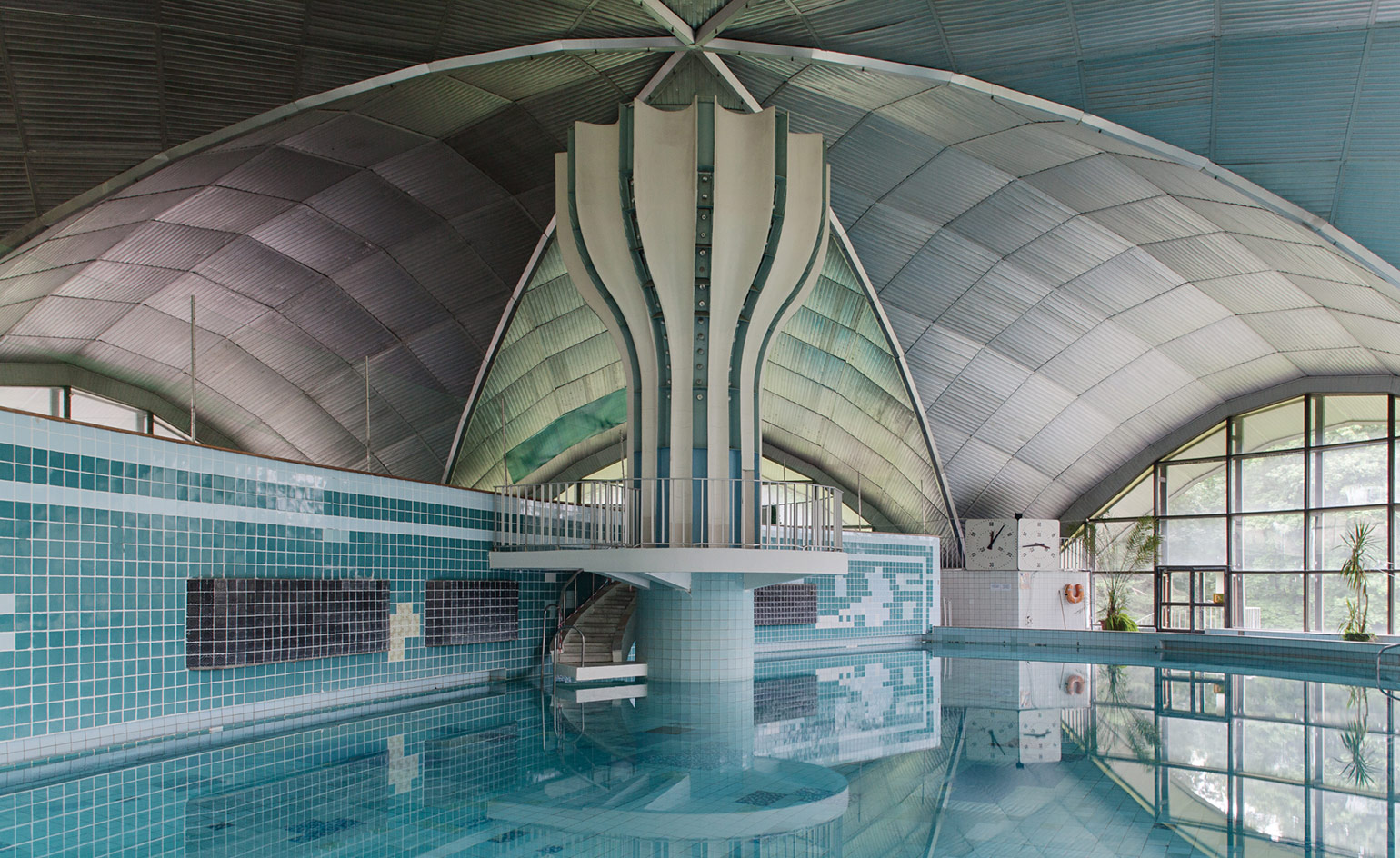
‘Visiting a sanatorium is like stepping back in time,’ writes Maryam Omidi in Holidays in Soviet Sanatoriums, in which she takes the reader on a health-conscious journey into a world of peeling wallpaper, statues of Lenin and alternative, new world medicine.
Part health-spa, part hospital, sanatoriums once offered a ubiquitous, ‘decidedly purposeful’ pastime, explains Omidi. Their function was ‘to provide rest and recuperation, so citizens could return to work with renewed diligence and productivity’. This rapidly developing need and popularity saw 1,829 new sanatoriums built across the USSR by 1939. Here, for the first time, is an architecturally-led account of what happened.
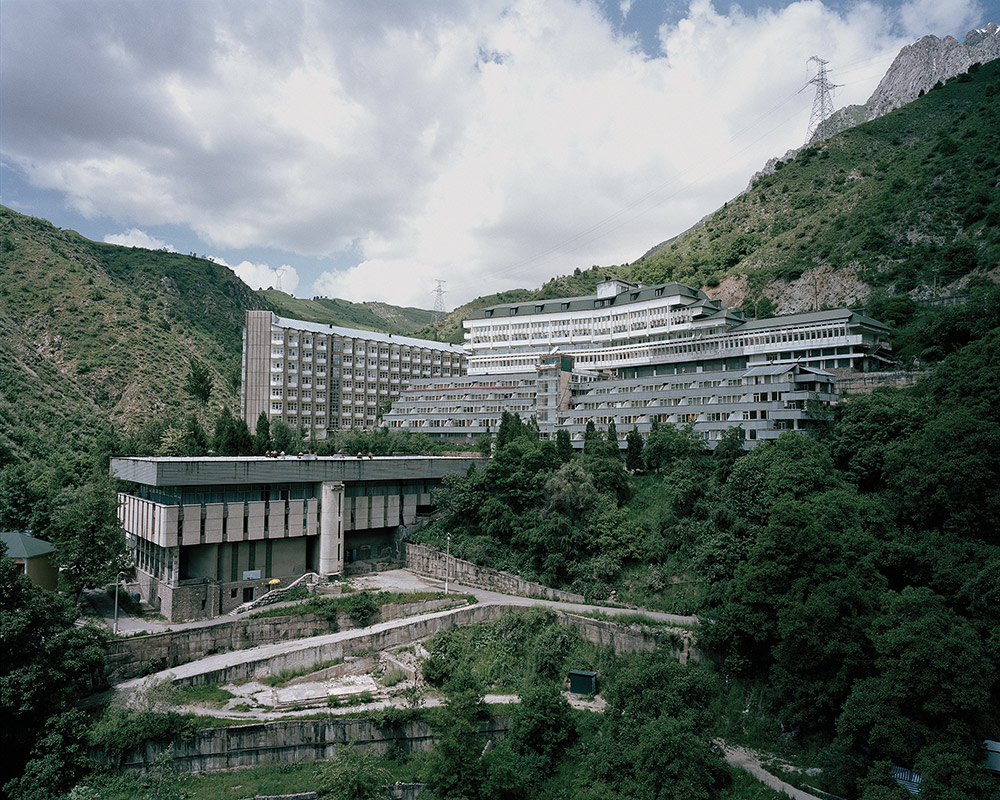
Jhoja Obi Garm, a hulking brutalist building nestled high in the Gissar mountain range, opened in 1934.
From Stalinist, neo-classical grandeur in Abkhazia to Khrushchyovka concrete blocks in Armenia, a bewildering array of styles is on display. There are examples of rare Soviet-era architectural flourishes – take the green-marbled walls of Tskaltubo in Georgia – which were only allowed, writes critic Diane Koenker, because sanatoriums ‘were intended to astonish, encouraging a “less traditional approach”’ to municipal building.
Despite these moments of ornamentation, cold-floored functionality prevails. This is reflected in the stoic attitude of a young Soviet Union, when every aspect of sanatorium life (from ‘sleep to sunbathing’) was strictly monitored. Since then, there’s been a gradual, century-long shift towards more relaxed sanatorium culture. Though many sanatoriums now sit in disrepair, the few that remain popular have modernised and developed to varying degrees. The pages of Holidays in Soviet Sanatoriums are populated by a cast of modern day visitors: elderly women undergoing magnetic therapy in Belarus; teenagers playing ping-pong in a working salt mine near Minsk; babies in bubbling bathtubs in Alyans.
The future of these time-warped hubs remains uncertain, and this book intends to be more than just a platform for Western-purview ogling. Rather, Omidi hopes it will act as a catalyst for the renovation and preservation of the sanatorium's singular architectural history: ‘in the hope that they will be protected and restored for future generations’.
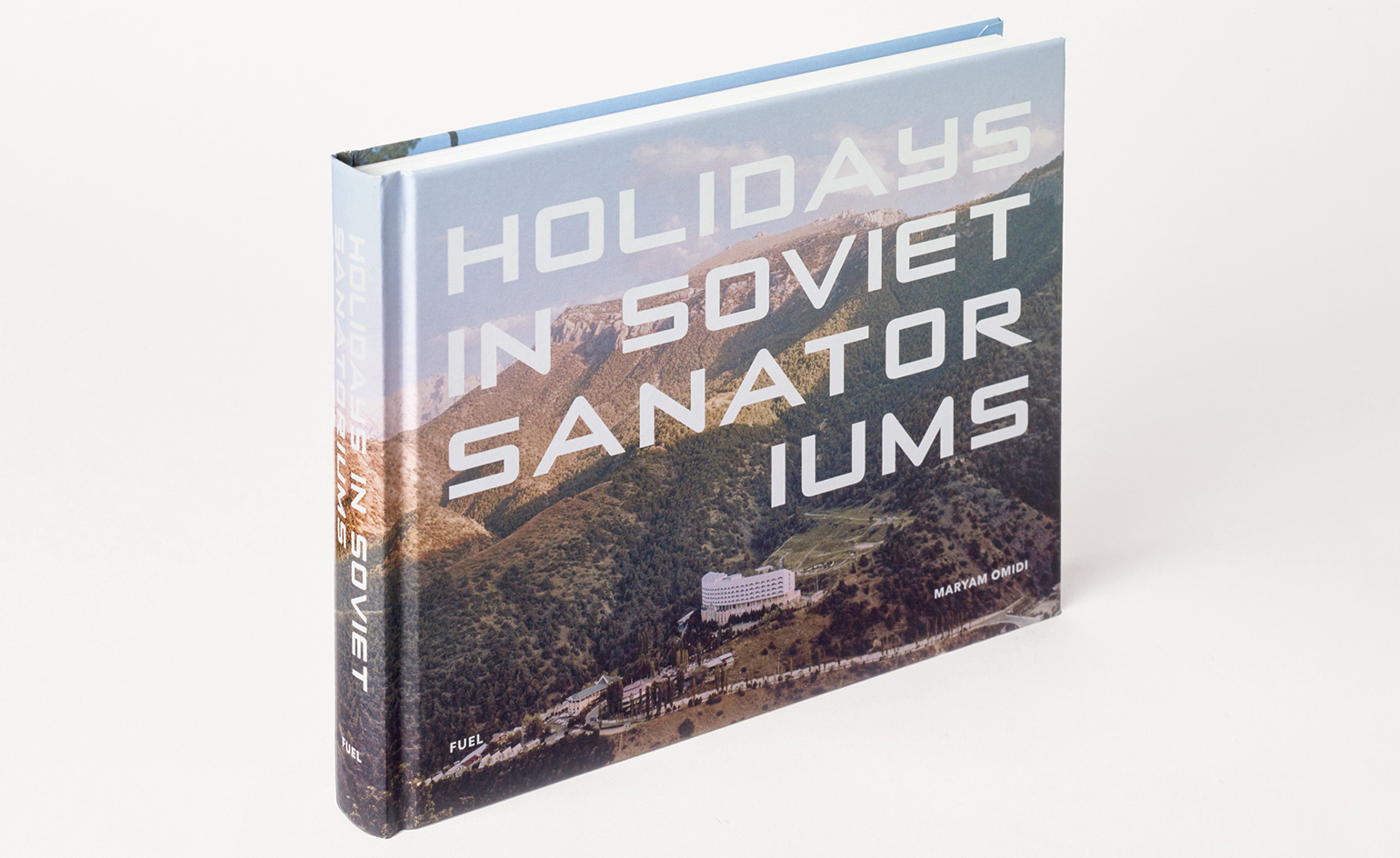
Holidays in Soviet Sanatoriums explores sanatoriums of the USSR, some of which are still used today.
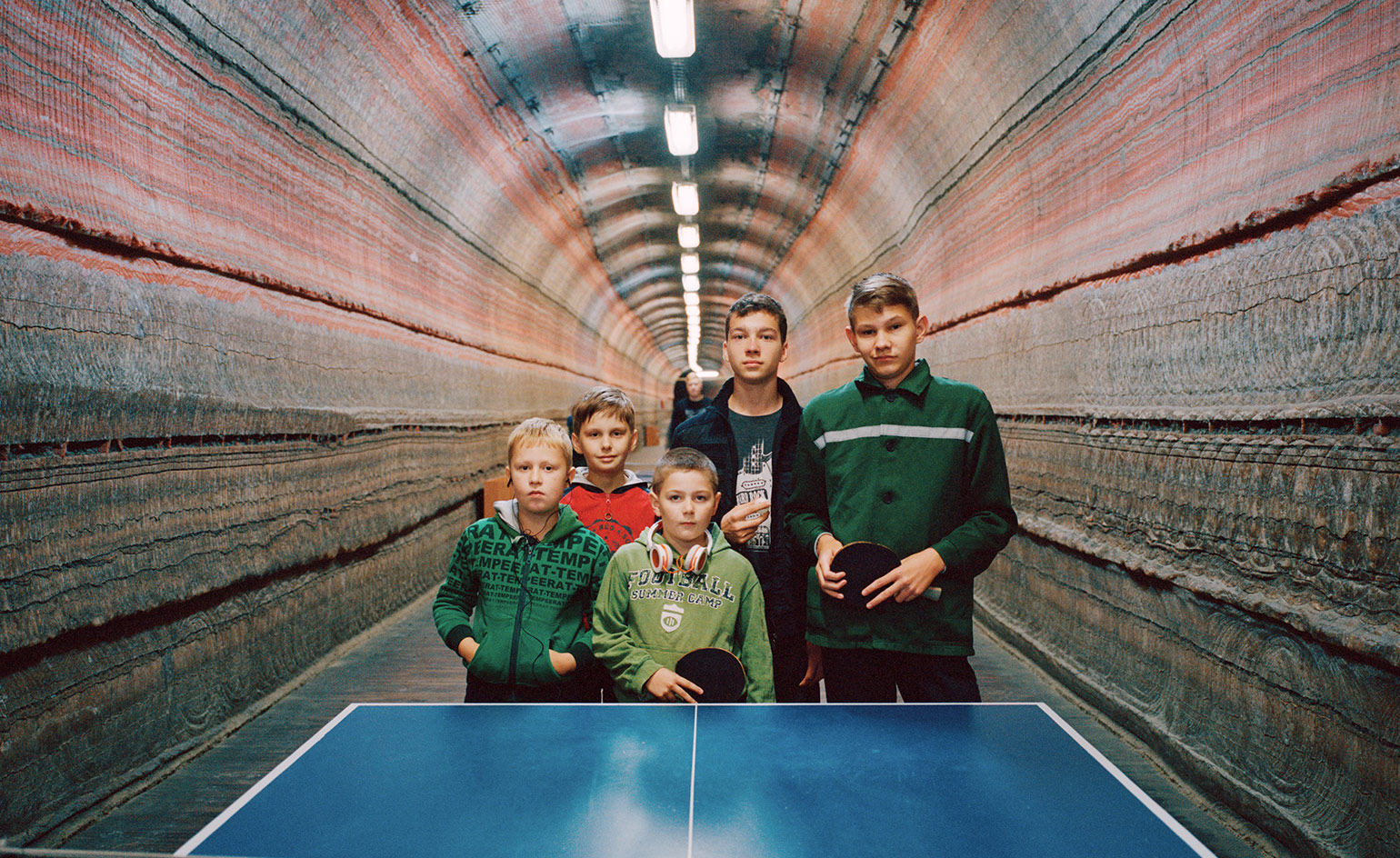
At the National Speleotherapy Clinic in Belarus, patients must be over ten years old to enter the salt mine, 420 metres underground. The air they breathe in the mine is specially moderated, containing sodium, potassium and magnesium ions. Children are kept occupied with activities, from table tennis to billiards.
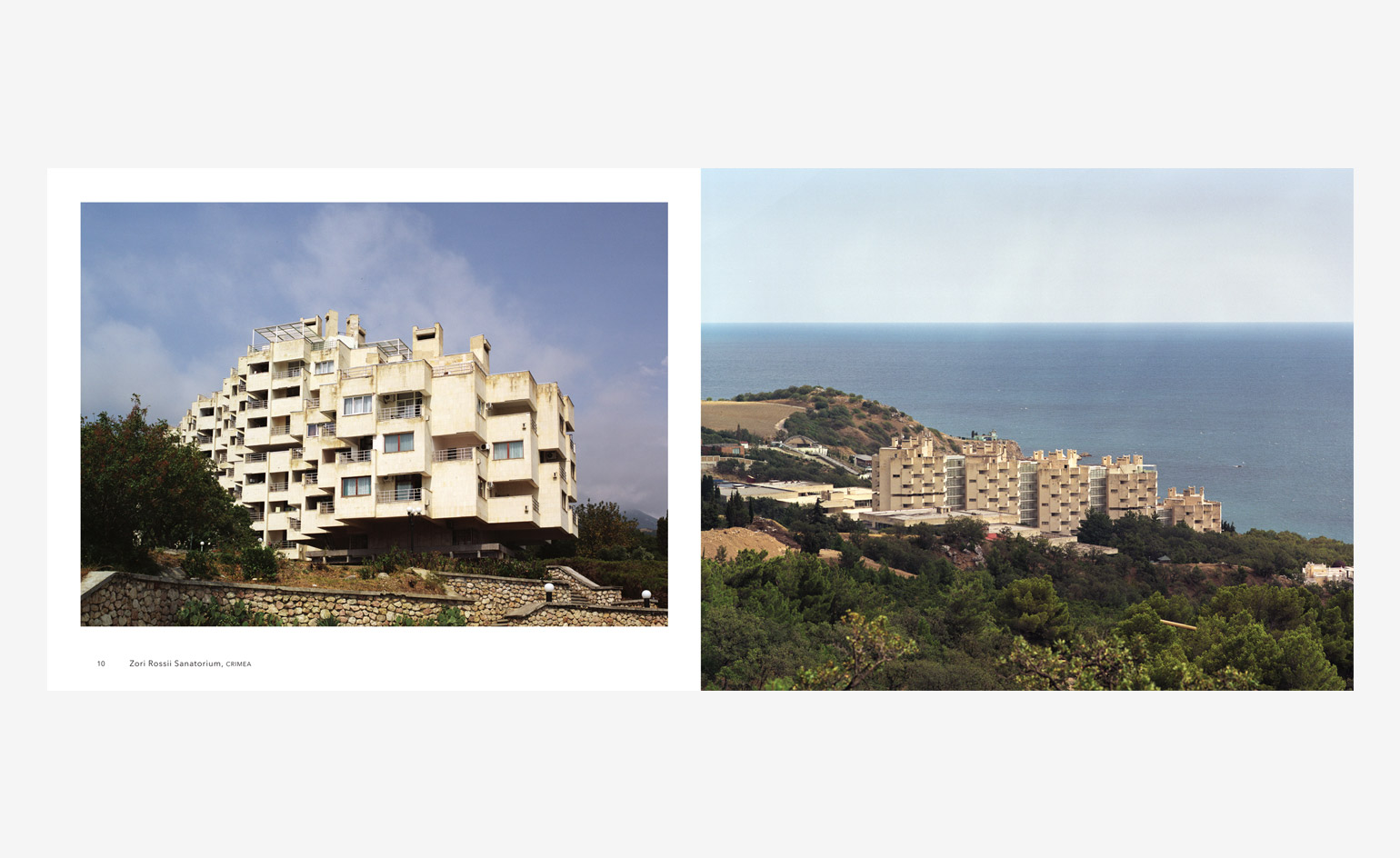
Zori Rossii Sanatorium, Crimea
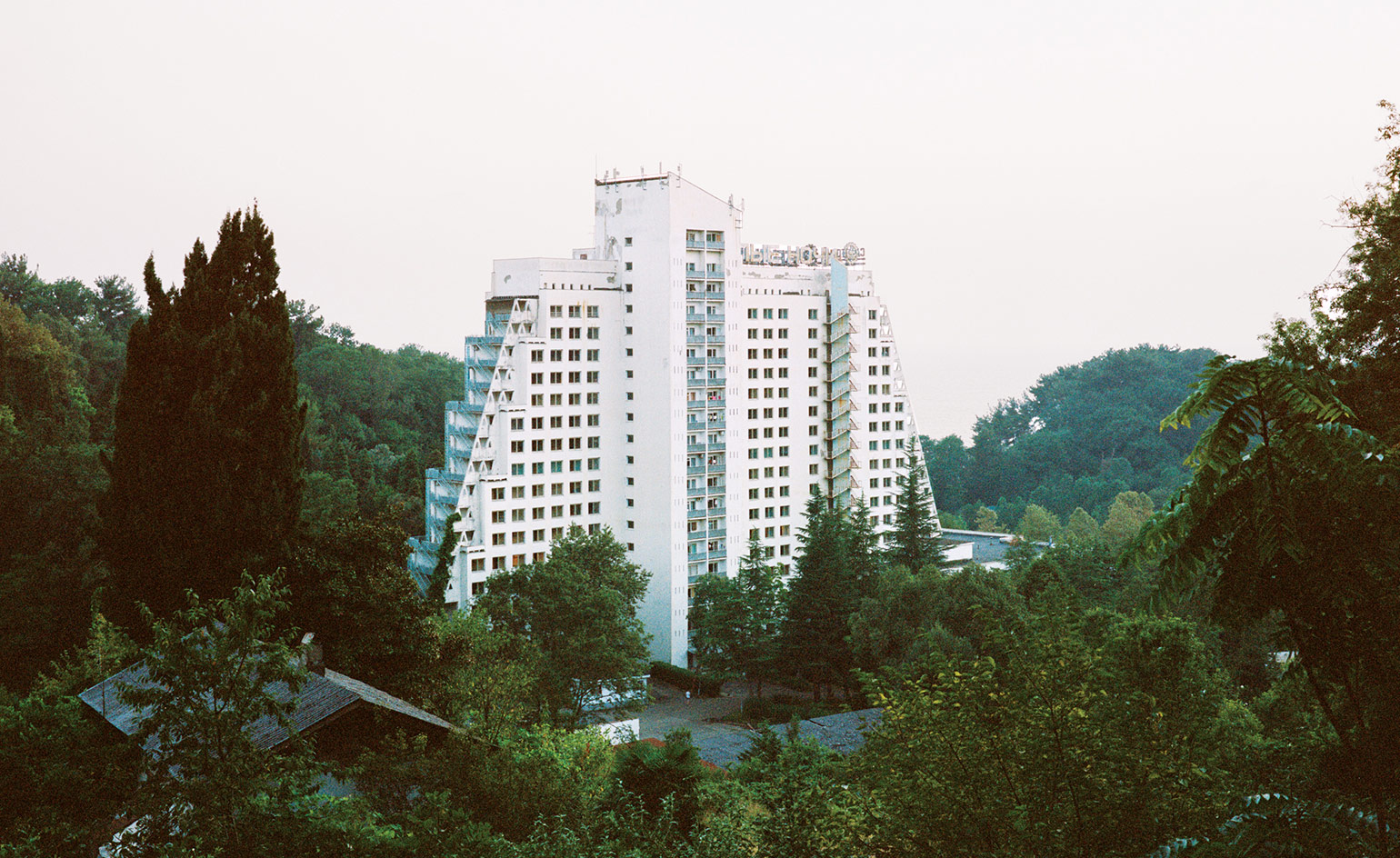
The White Nights sanatorium, Sochi, built in 1978.
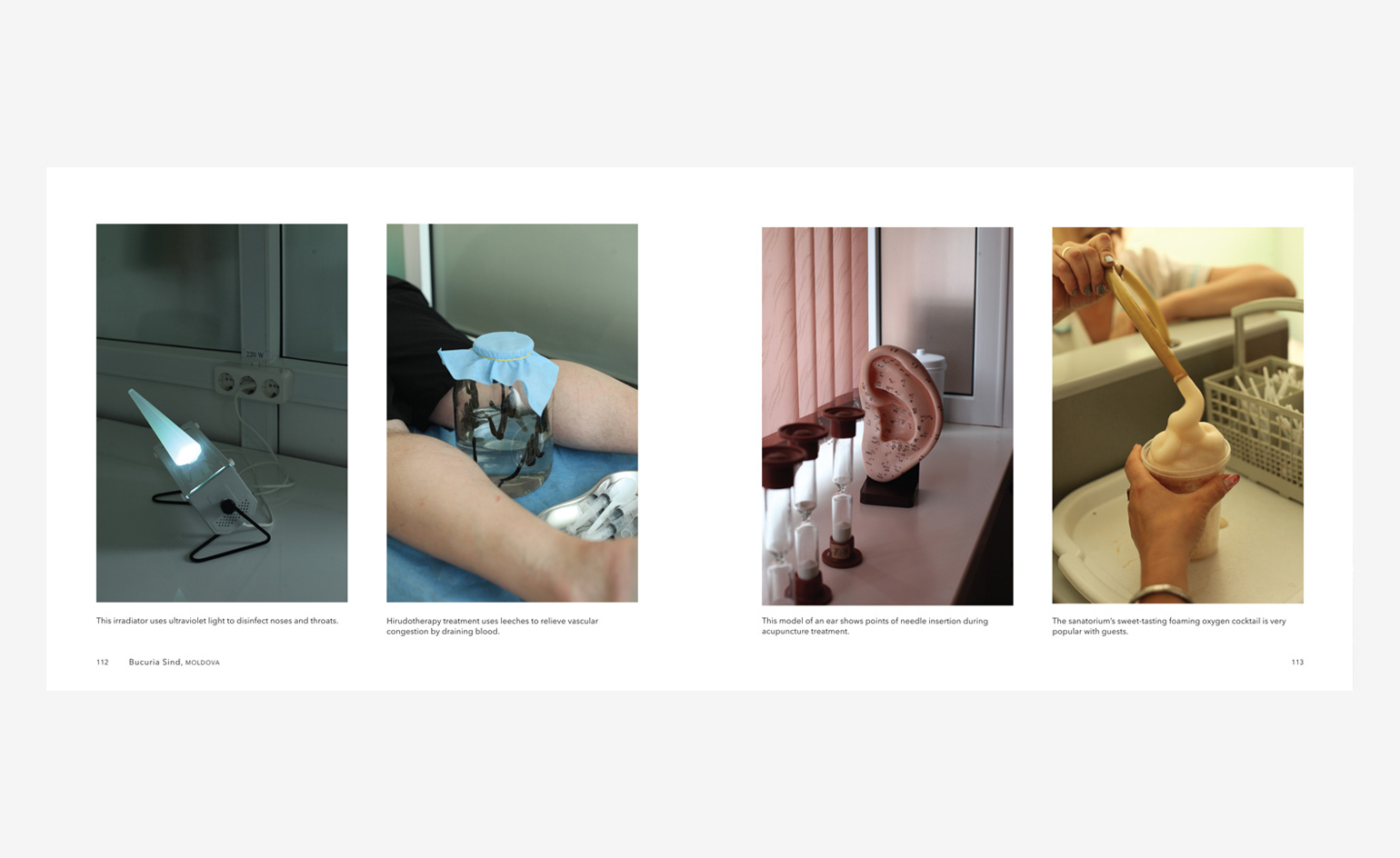
From left, at the Bucuria Sind in Moldova, this irradiator uses ultraviolet light to disinfect noses and throats. Hirudotherapy treatment uses leeches to relieve vascular congestion by draining blood. This model of an ear shows points of needle insertion during acupuncture treatment. The sanatorium’s sweet-tasting foaming oxygen cocktail is very popular with guests.
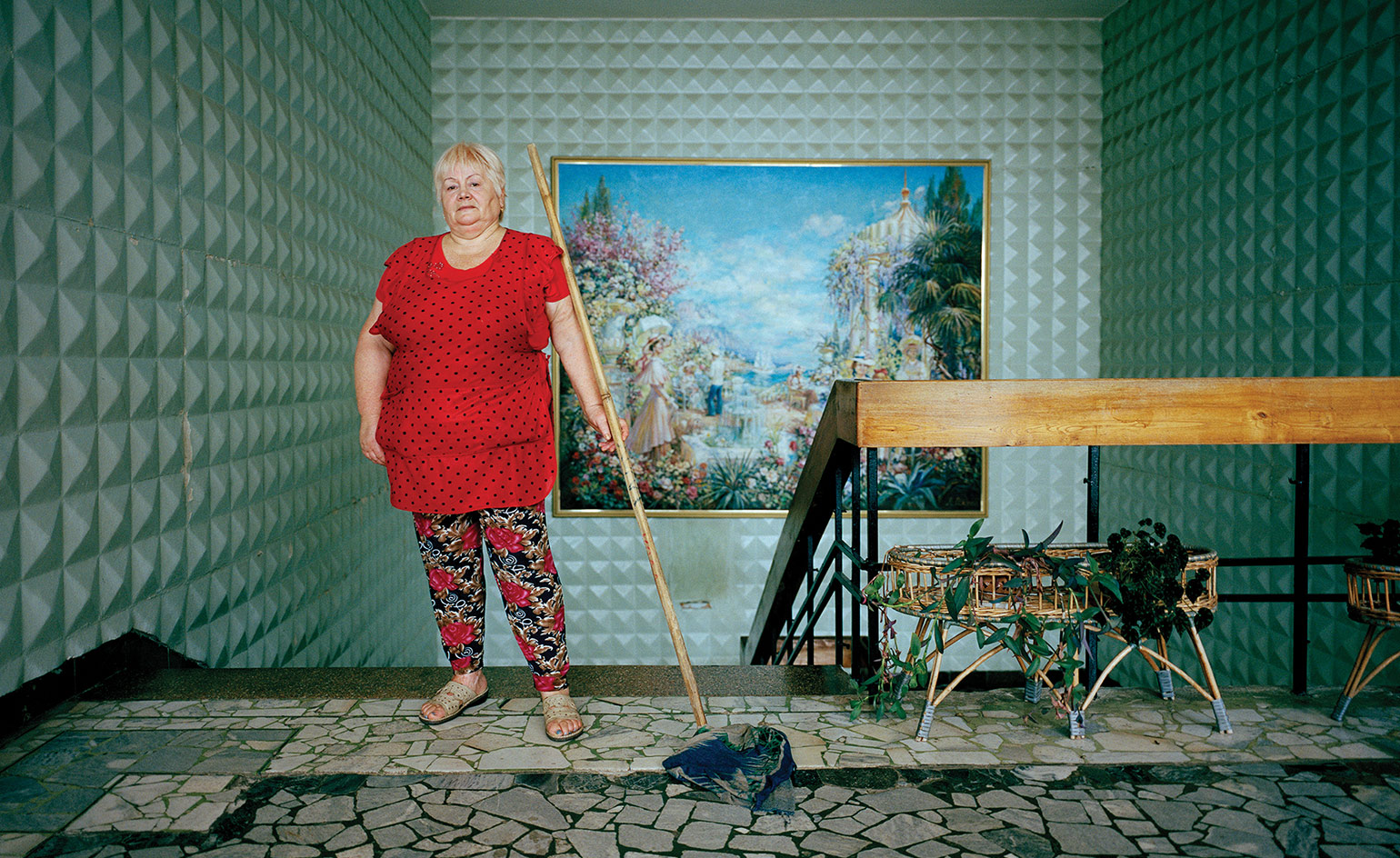
The severity of the concrete buildings at Mishkor sanatorium, built in 1974 in southern Crimea, is relieved by decorative mosaics outside and artworks within.

Foros sanitorium, built in the early 1920s in southern Crimea, stands close to the sea and is surrounded by a nature reserve of over 70 hectares containing more than 300 plant species.
INFORMATION
Holidays in Soviet Sanatoriums, published by Fuel Design
Wallpaper* Newsletter
Receive our daily digest of inspiration, escapism and design stories from around the world direct to your inbox.
Elly Parsons is the Digital Editor of Wallpaper*, where she oversees Wallpaper.com and its social platforms. She has been with the brand since 2015 in various roles, spending time as digital writer – specialising in art, technology and contemporary culture – and as deputy digital editor. She was shortlisted for a PPA Award in 2017, has written extensively for many publications, and has contributed to three books. She is a guest lecturer in digital journalism at Goldsmiths University, London, where she also holds a masters degree in creative writing. Now, her main areas of expertise include content strategy, audience engagement, and social media.
-
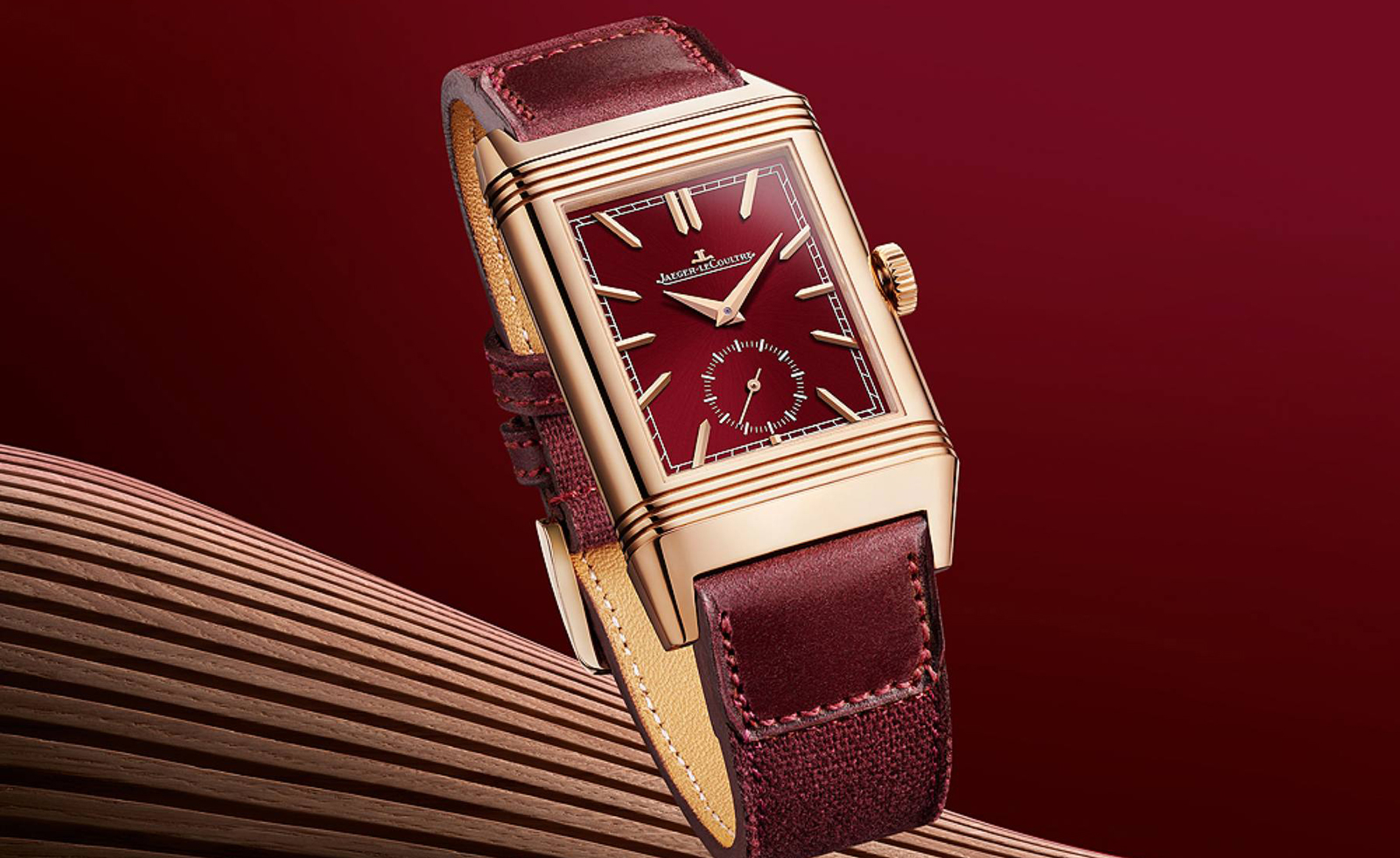 From dress to tool watches, discover chic red dials
From dress to tool watches, discover chic red dialsWatch brands from Cartier to Audemars Piguet are embracing a vibrant red dial. Here are the ones that have caught our eye.
-
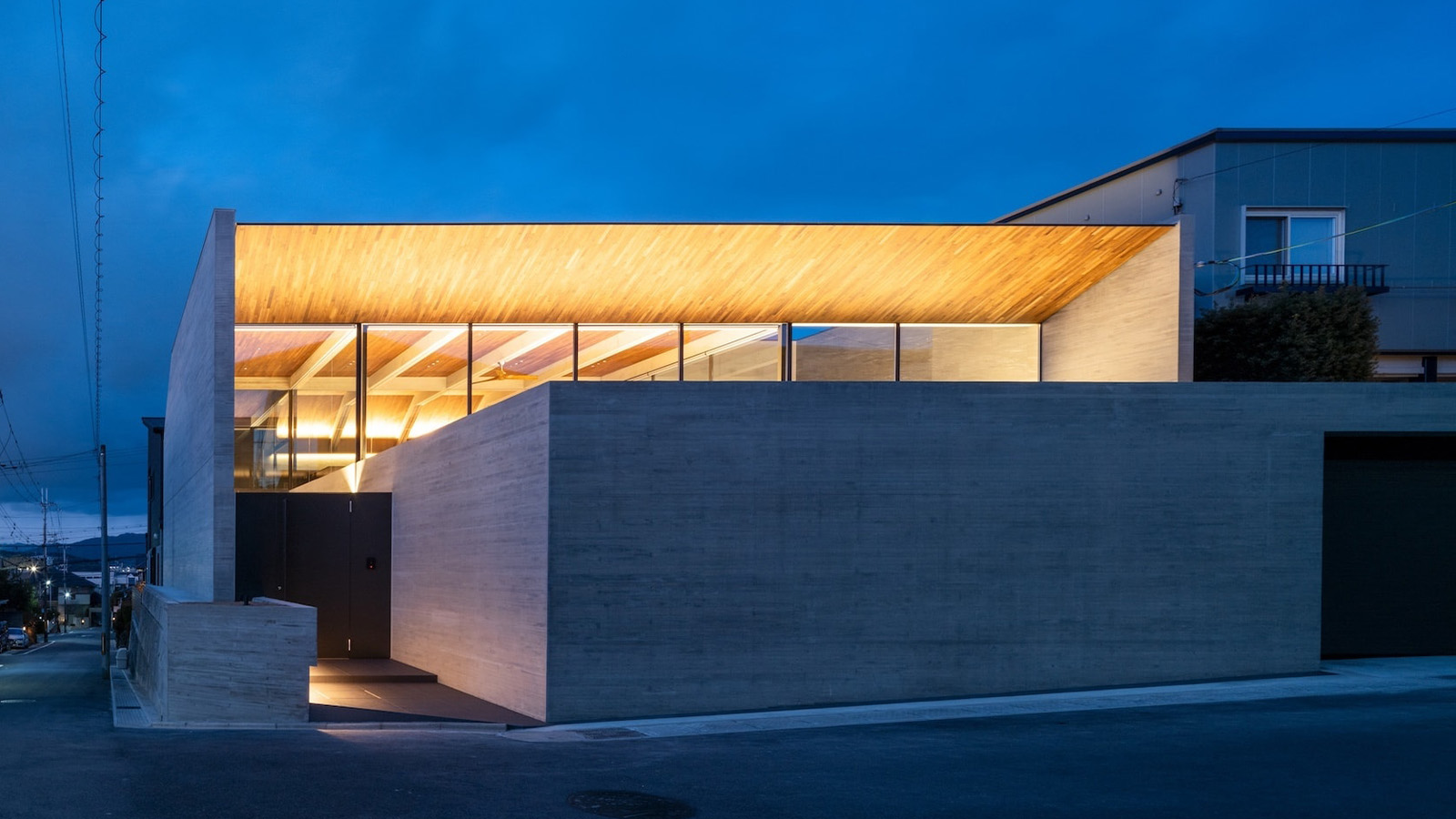 Behind a contemporary veil, this Kyoto house has tradition at its core
Behind a contemporary veil, this Kyoto house has tradition at its coreDesigned by Apollo Architects & Associates, a Kyoto house in Uji City is split into a series of courtyards, adding a sense of wellbeing to its residential environment
-
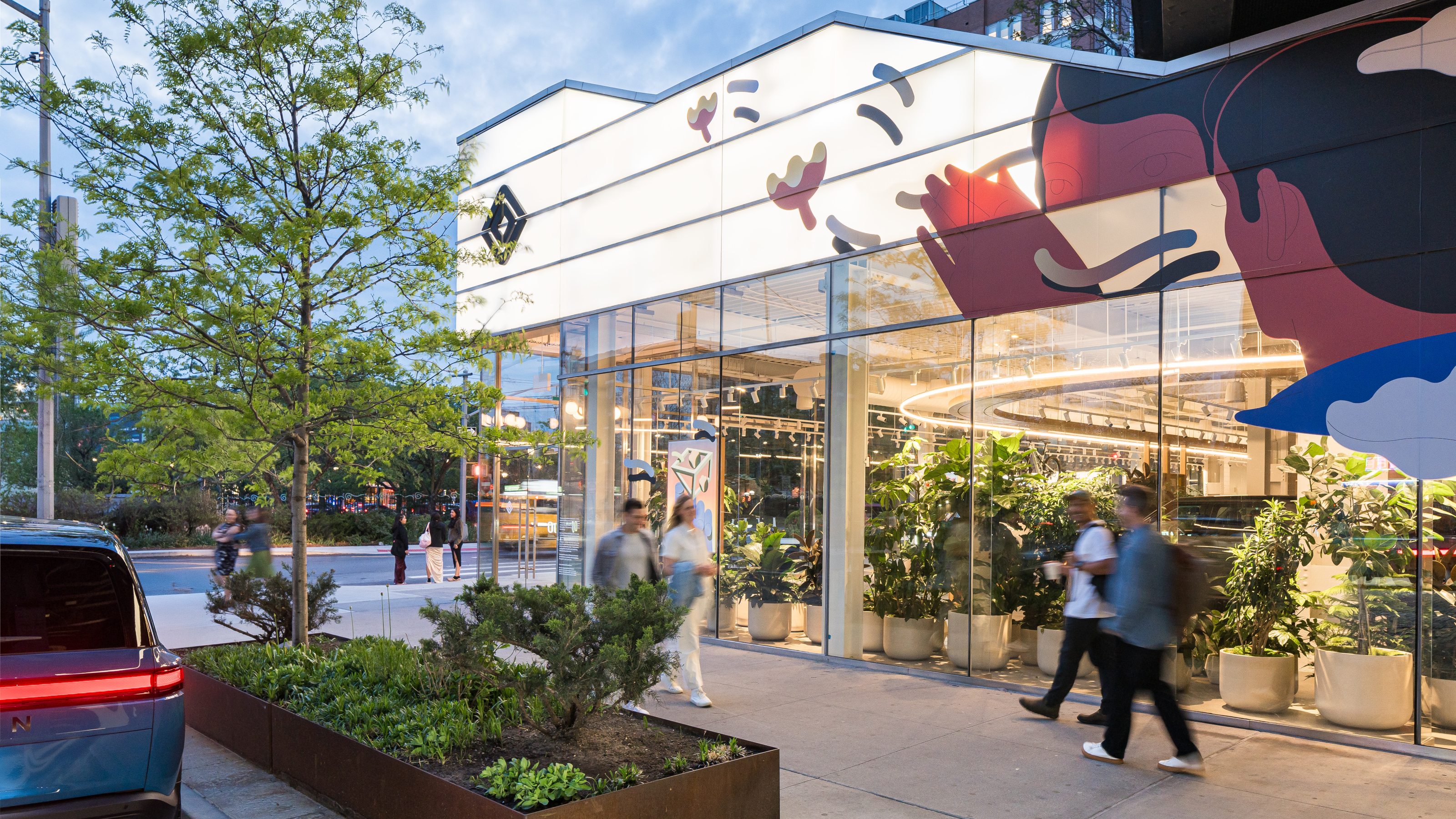 EV maker Rivian creates its first Concept Experience in New York’s Meatpacking District
EV maker Rivian creates its first Concept Experience in New York’s Meatpacking DistrictUnder the High Line, in the heart of one of New York’s most famous neighbourhoods is the Rivian Concept Experience, a showroom designed to surprise and delight both long-term aficionados and total newcomers to the brand
-
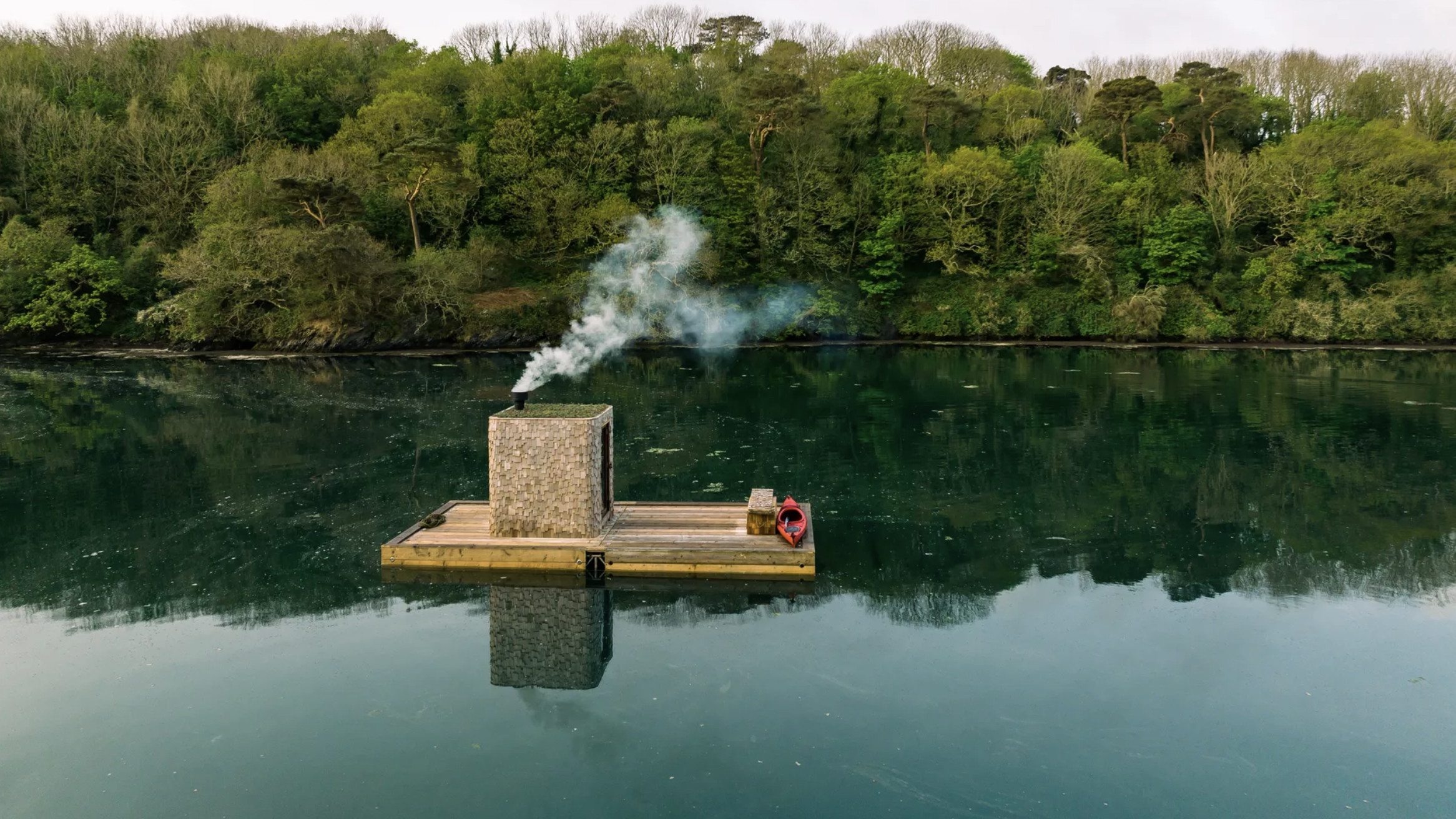 Wild sauna, anyone? The ultimate guide to exploring deep heat in the UK outdoors
Wild sauna, anyone? The ultimate guide to exploring deep heat in the UK outdoors‘Wild Sauna’, a new book exploring the finest outdoor establishments for the ultimate deep-heat experience in the UK, has hit the shelves; we find out more about the growing trend
-
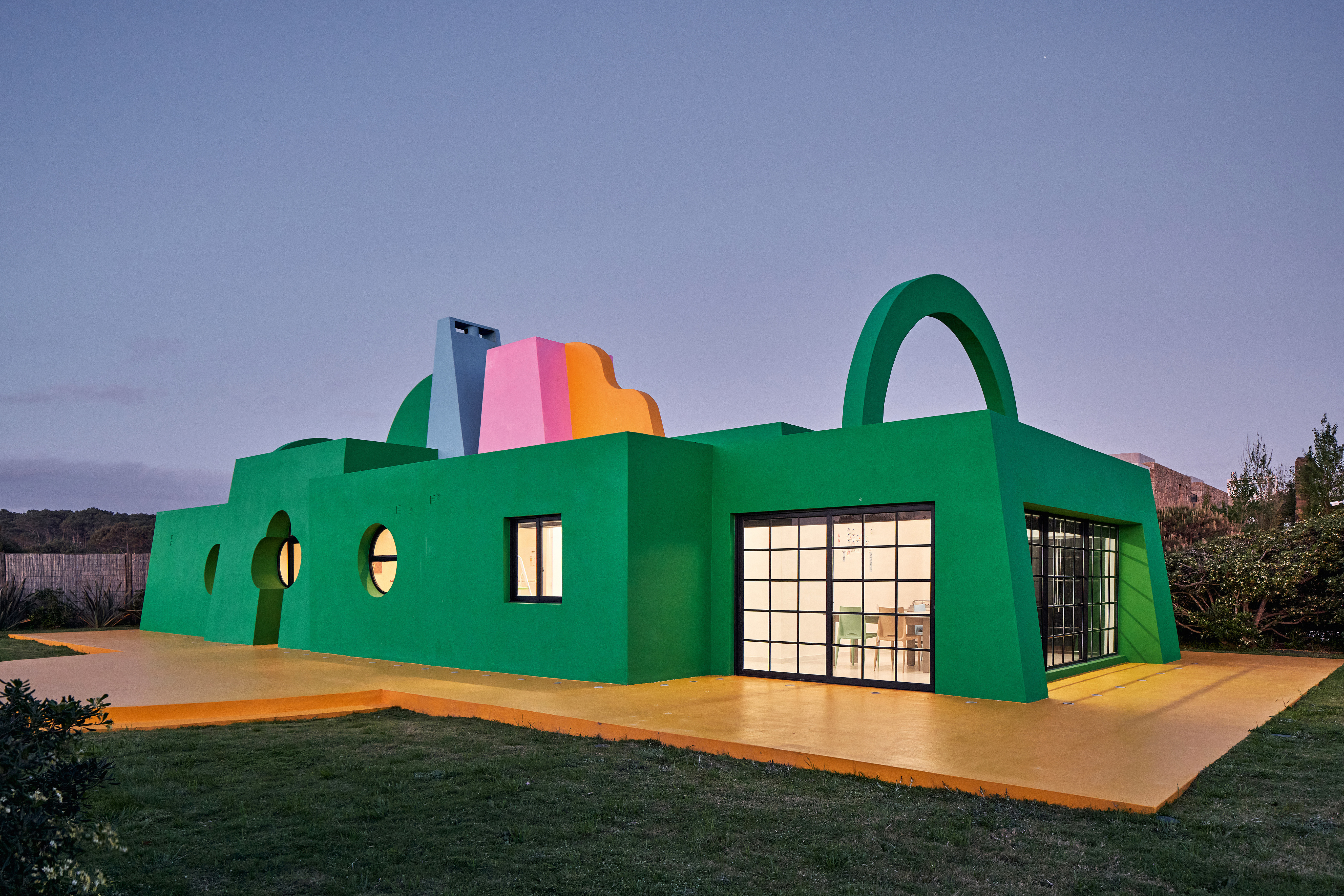 Ten contemporary homes that are pushing the boundaries of architecture
Ten contemporary homes that are pushing the boundaries of architectureA new book detailing 59 visually intriguing and technologically impressive contemporary houses shines a light on how architecture is evolving
-
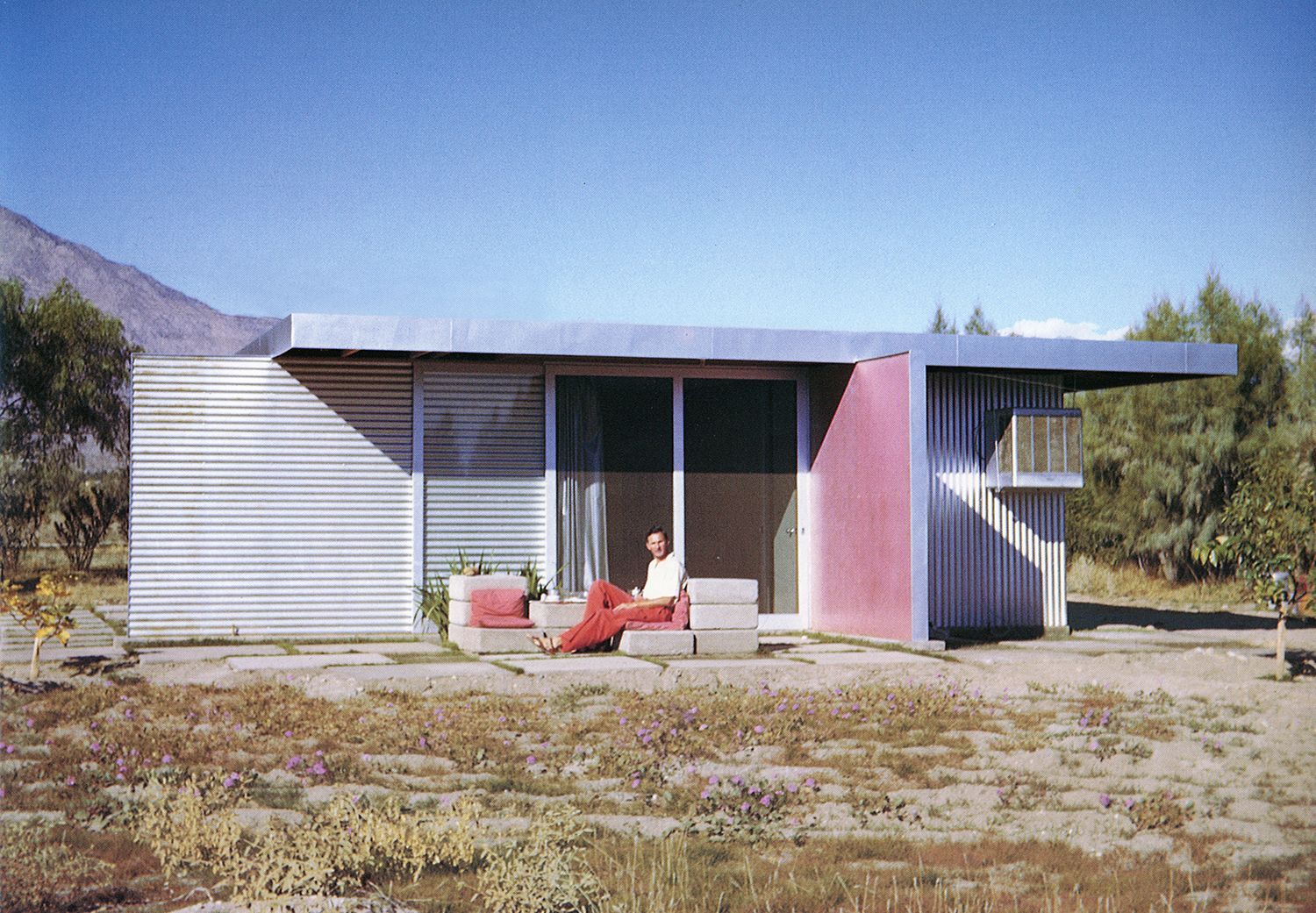 Take a deep dive into The Palm Springs School ahead of the region’s Modernism Week
Take a deep dive into The Palm Springs School ahead of the region’s Modernism WeekNew book ‘The Palm Springs School: Desert Modernism 1934-1975’ is the ultimate guide to exploring the midcentury gems of California, during Palm Springs Modernism Week 2025 and beyond
-
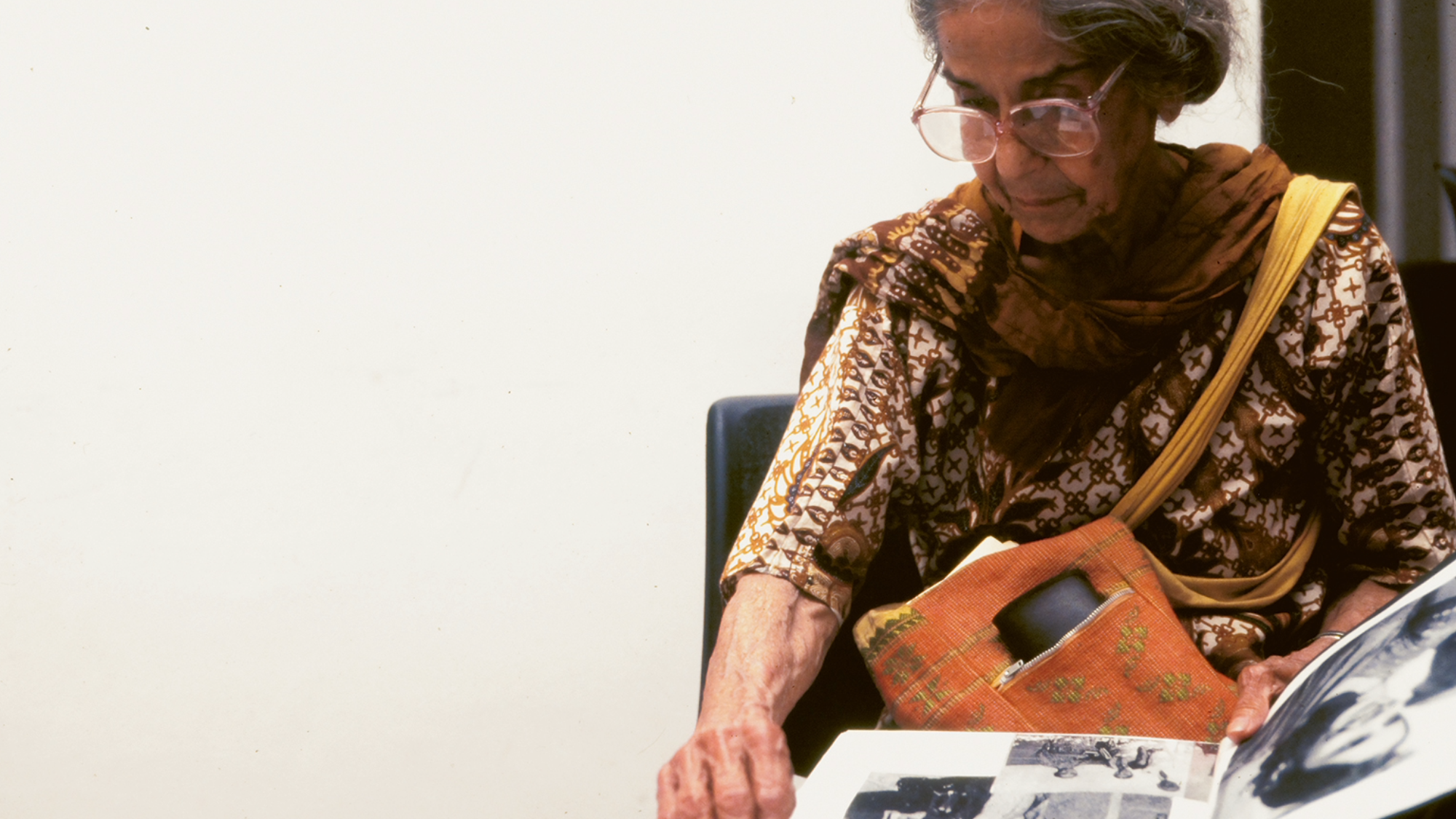 Meet Minnette de Silva, the trailblazing Sri Lankan modernist architect
Meet Minnette de Silva, the trailblazing Sri Lankan modernist architectSri Lankan architect Minnette de Silva is celebrated in a new book by author Anooradha Iyer Siddiq, who looks into the modernist's work at the intersection of ecology, heritage and craftsmanship
-
 Soviet brutalist architecture: beyond the genre's striking image
Soviet brutalist architecture: beyond the genre's striking imageSoviet brutalist architecture offers eye-catching imagery; we delve into the genre’s daring concepts and look beyond its buildings’ photogenic richness
-
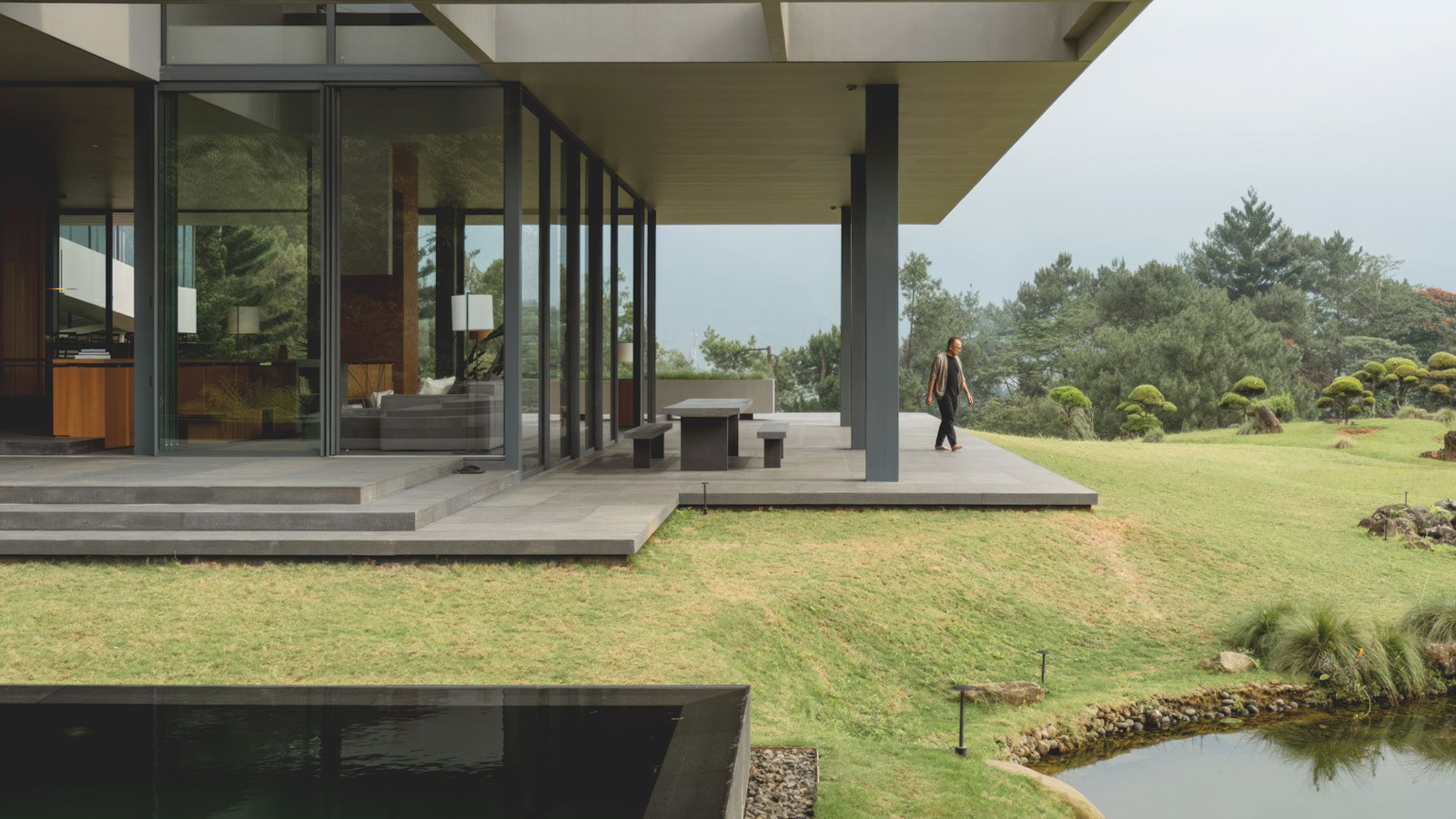 'Tropicality' explored in Indonesian architect Andra Matin’s first monograph
'Tropicality' explored in Indonesian architect Andra Matin’s first monograph'Tropicality' is a key theme in a new book on Indonesian architect Andra Matin, whose work blends landscape, architecture and living
-
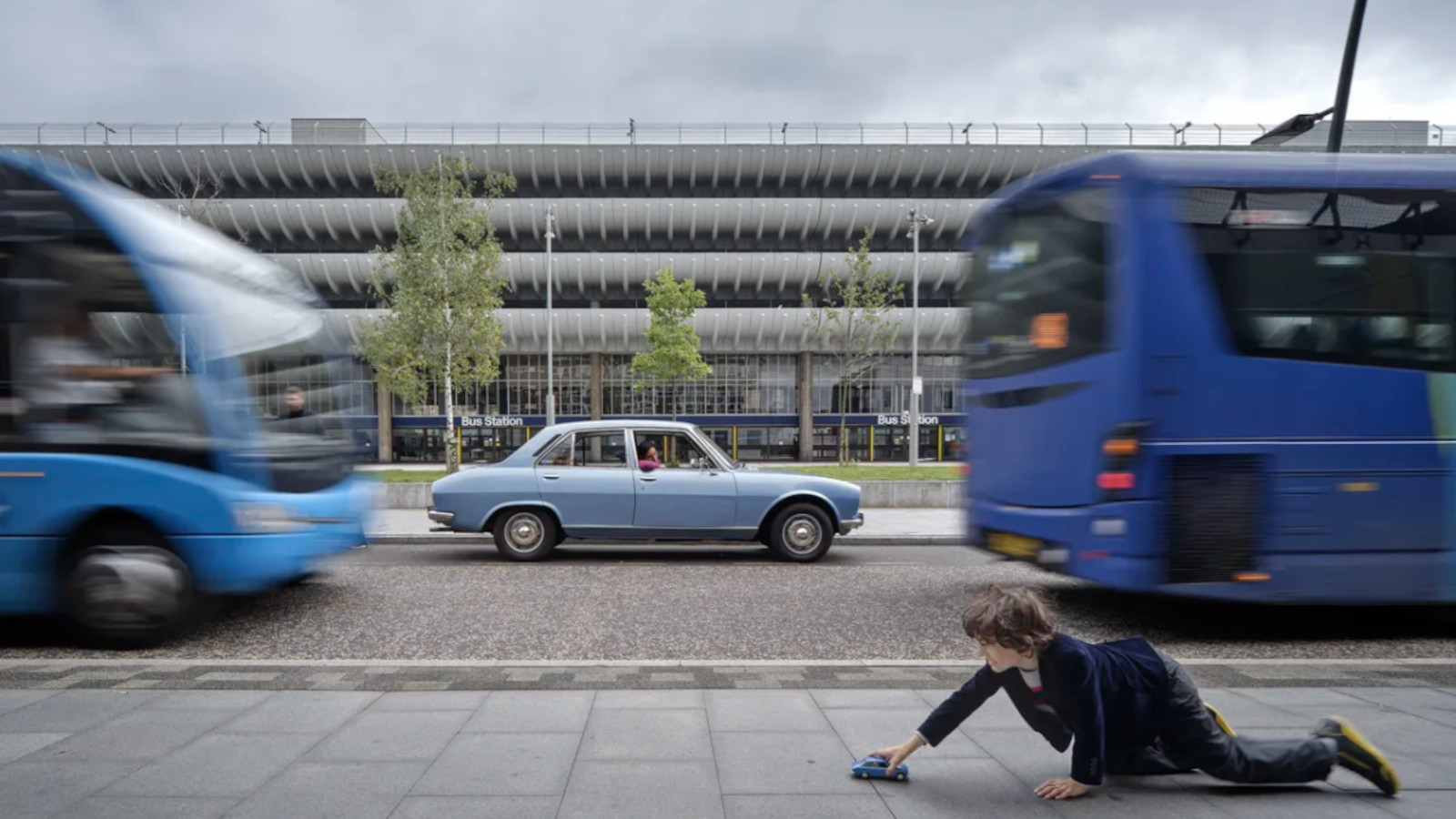 ‘A Time ⋅ A Place’ is a lovingly compiled photographic portrait of cars and architecture
‘A Time ⋅ A Place’ is a lovingly compiled photographic portrait of cars and architecture‘A Time ⋅ A Place’ is a celebration of the European Car of the Year and changing perceptions of modern design, pairing the best buildings of the age with their automotive contemporaries
-
 Álvaro Siza’s new monograph through the lens of Duccio Malagamba is impactful and immersive
Álvaro Siza’s new monograph through the lens of Duccio Malagamba is impactful and immersiveÁlvaro Siza and photographer Duccio Malagamba collaborate on a new monograph by Phaidon; ‘Before / After: Álvaro Siza Duccio Malagamba’ celebrates the Portuguese architect's work